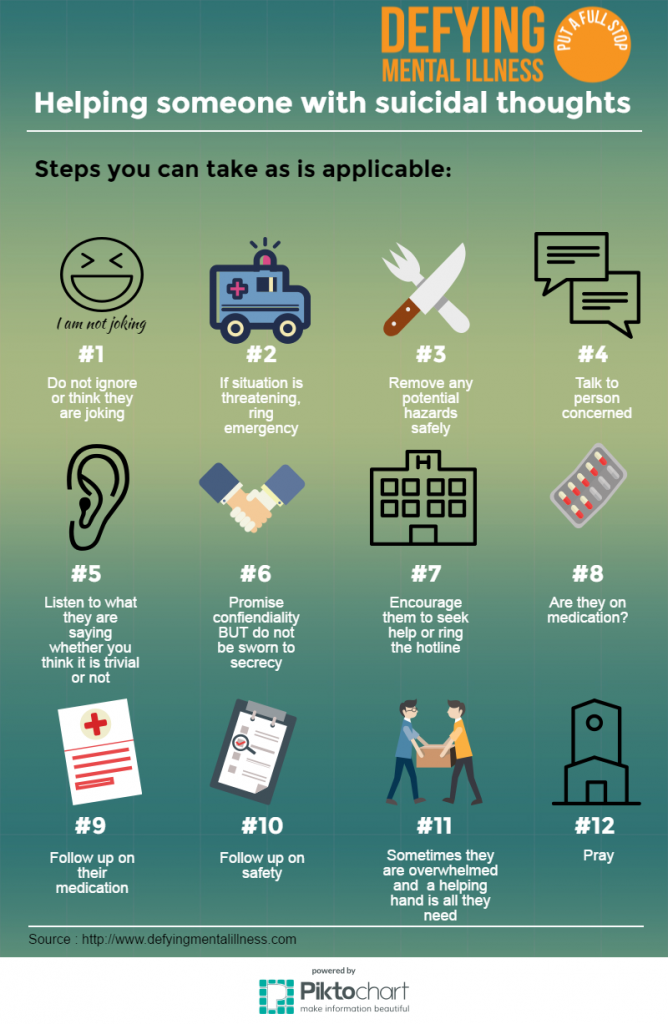Mood stabilizers assist to calm areas of the brain that are affected by bipolar disorder. These drugs are most reliable when they are taken routinely.
It may take a while to find the right medication that functions finest for you and your physician will monitor your problem throughout therapy. This will certainly entail normal blood examinations and perhaps an adjustment in your prescription.
Natural chemical policy
Neurotransmitters are a team of chemicals that control each other in healthy and balanced individuals. When degrees end up being unbalanced, this can bring about state of mind disorders like clinical depression, stress and anxiety and mania. State of mind stabilizers assist to prevent these episodes by aiding regulate the equilibrium of these chemicals in the brain. They also might be utilized together with antidepressants to boost their effectiveness.
Drugs that function as mood stabilizers consist of lithium, anticonvulsants and antipsychotics. Lithium is maybe the most well known of these medicines and works by impacting the flow of salt through nerve and muscular tissue cells. It is usually made use of to deal with bipolar disorder, however it can also be handy in treating other state of mind disorders. Anticonvulsants such as valproate, lamotrigine and carbamazepine are likewise effective state of mind stabilizing medicines.
It can take some time to discover the right kind of medication and dose for every individual. It is essential to collaborate with your doctor and participate in an open discussion regarding just how the medication is benefiting you. This can be especially practical if you're experiencing any negative effects.
Ion channel inflection
Ion channels are a significant target of state of mind stabilizers and numerous various other drugs. It is currently well developed that they are dynamic entities that can be regulated by a variety of exterior stimuli. Additionally, the modulation of these networks can have a range of temporal effects. At one extreme, adjustments in gating characteristics may be rapid and instant, as in the nicotinic acetylcholine receptor/channel system. At the other end of the range, covalent modification by healthy protein phosphorylation might cause changes in network feature that last longer.
The field of ion network inflection is getting in a period of maturity. Current researches have actually demonstrated that transcranial focused ultrasound (United States) can boost neurons by triggering mechanosensitive potassium and sodium networks installed within the cell membrane layer. This was shown by revealed channels from the two-pore domain name potassium family members in Xenopus oocytes, and focused US considerably regulated the existing flowing with these networks at a holding voltage of -70 mV (appropriate panel, relative effect). The results follow previous monitorings revealing that antidepressants influencing Kv channels control glia-neuron communications to contrary depressive-like actions.
Neuroprotection
State of mind stabilizers, like lithium, valproic acid (VPA), and carbamazepine, are important in the treatment of bipolar affective disorder, which is defined by recurring episodes of mania and depression. These medications have neuroprotective and anti-apoptotic buildings that help to prevent cellular damage, and they also improve cellular durability and plasticity in useless synapses and neural wiring.
These safety activities of state of mind stabilizers might be mediated by their inhibition of GSK-3, inositol signaling, bipolar disorder treatment and HDAC activity. Additionally, long-lasting lithium treatment safeguards versus glutamate excitotoxicity in cultured neurons-- a version for neurodegenerative disorders.
Researches of the molecular and cellular impacts of mood stabilizers have revealed that these medicines have a vast array of intracellular targets, consisting of several kinases and receptors, along with epigenetic adjustments. Further study is required to establish if state of mind stabilizers have neurotrophic/neuroprotective actions that are cell type or circuitry details, and how these results may match the rapid-acting restorative response of these agents. This will assist to establish new, faster acting, a lot more reliable treatments for psychological illnesses.
Intracellular signaling
Cell signaling is the procedure through which cells connect with their environment and various other cells. It entails a series of steps in which ligands engage with membrane-associated receptors and result in activation of intracellular paths that regulate necessary downstream mobile functions.
State of mind stabilizers act on intracellular signaling with the activation of serine-threonine healthy protein kinases, leading to the phosphorylation of substrate healthy proteins. This triggers signaling waterfalls, causing modifications in gene expression and cellular function.
Several state of mind stabilizers (including lithium, valproate and lamotrigine) target intracellular signaling paths by hindering particular phosphatases or activating specific kinases. These results trigger a decrease in the activity of these pathways, which leads to a decrease in the synthesis of specific chemicals that can influence the brain and lead to signs and symptoms of clinical depression or mania.
Some mood stabilizers also function by enhancing the task of the inhibitory natural chemical gamma-aminobutryic acid (GABA). This improves the GABAergic transmission in the mind and decreases neural activity, thus producing a relaxing result.
